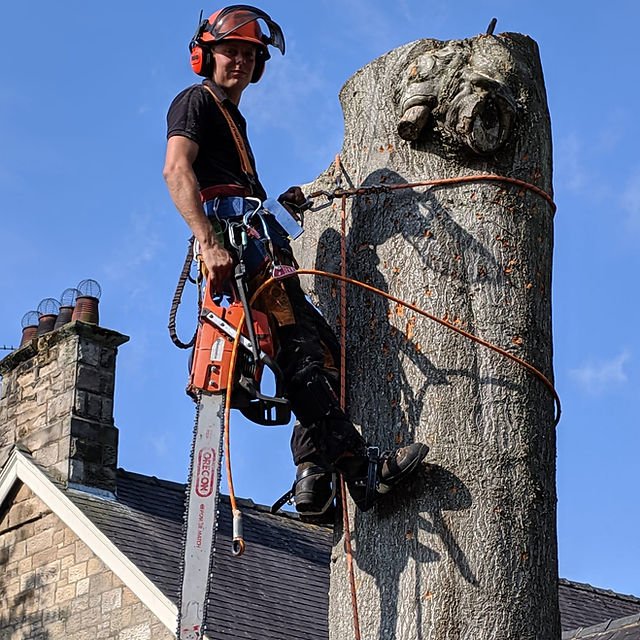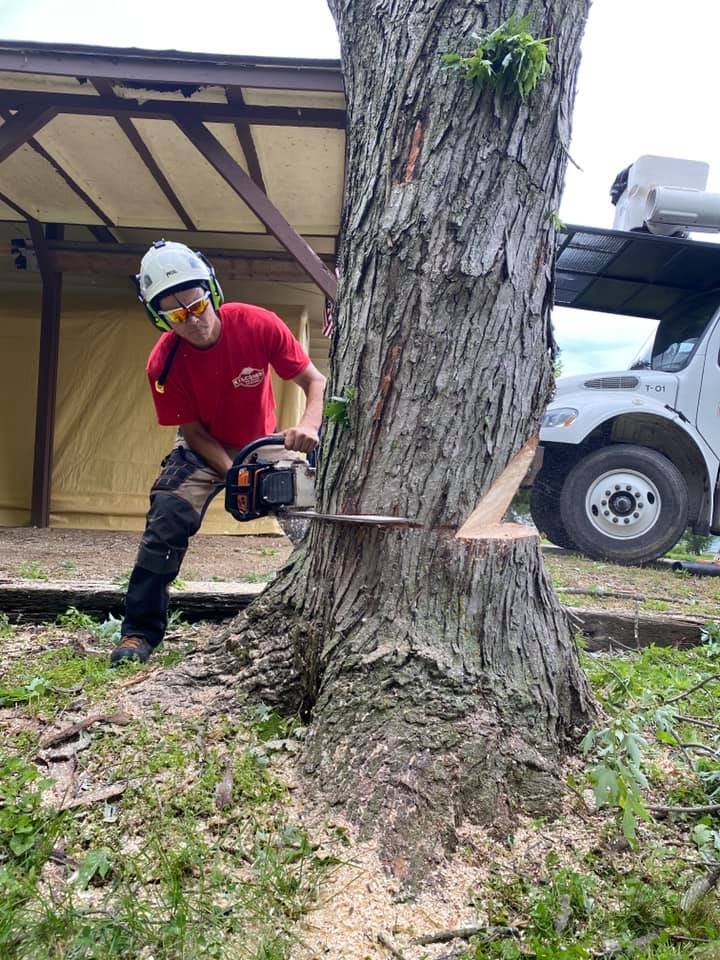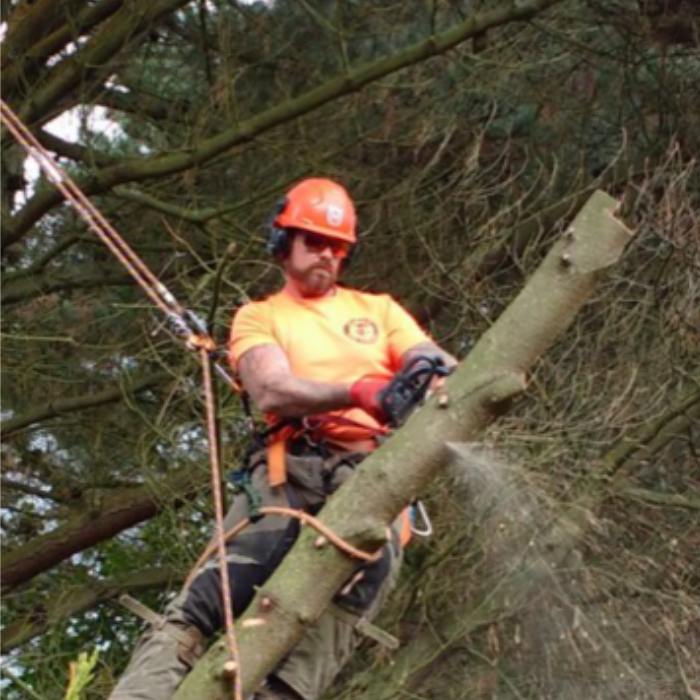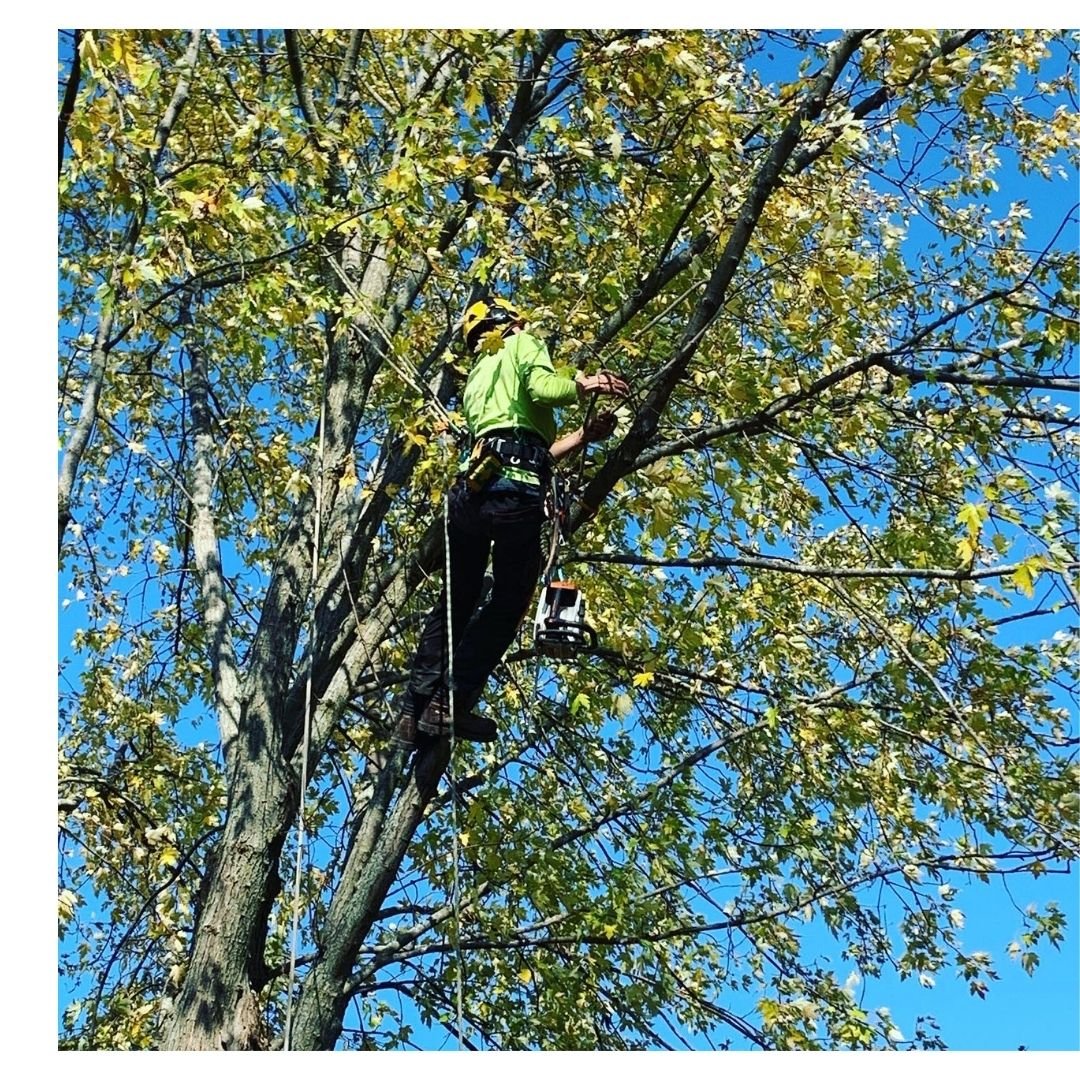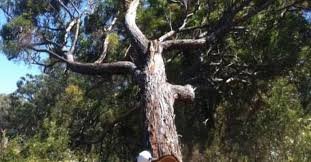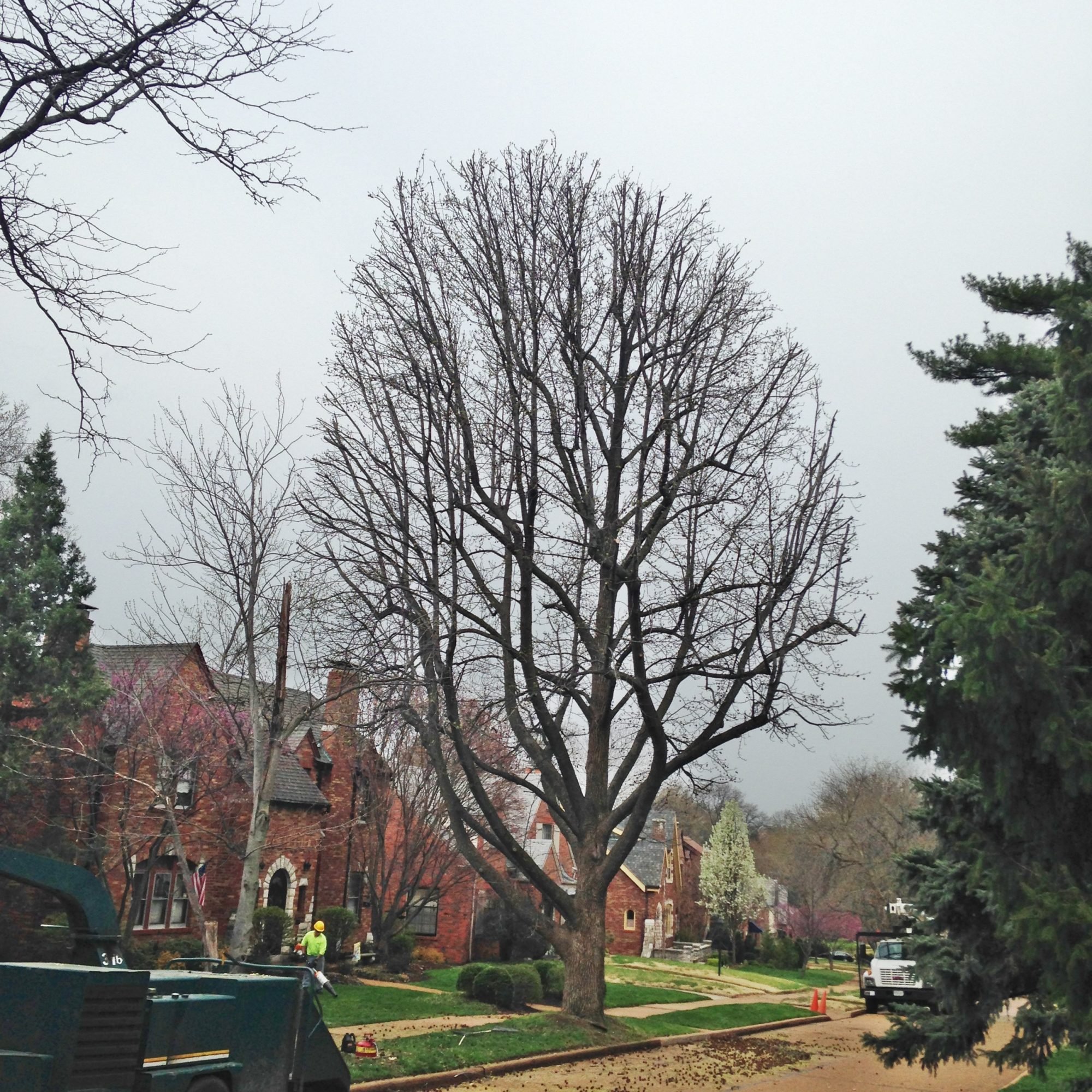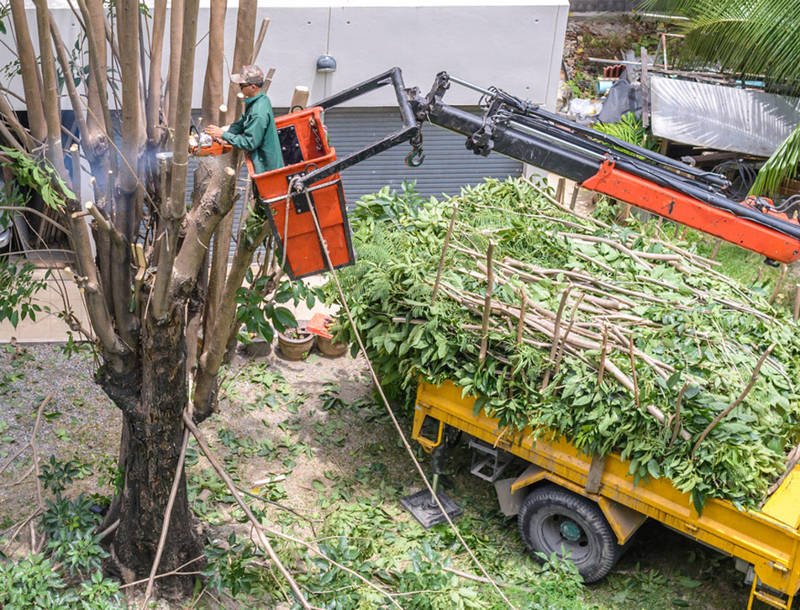Trees, while majestic and essential for the environment, sometimes need to be removed due to various reasons such as disease, safety concerns, or property development. When faced with the decision to remove a tree, homeowners are confronted with different methods, each with its unique set of costs and considerations. In this extensive guide, we will thoroughly explore a range of tree removal methods, dissecting their associated expenses and highlighting key factors to consider when determining the most suitable approach.

Traditional Tree Cutting: The Time-Tested Method
Traditional tree cutting involves felling the tree using chainsaws and manual labor. This method is suitable for trees in open spaces where there’s ample room for the tree to fall without causing damage. The costs associated with traditional tree cutting primarily depend on the tree’s size and complexity.
While this method might seem straightforward, factors such as the tree’s height, diameter, and the presence of obstacles can significantly impact the overall cost. Larger trees and those located in tight spaces may require more advanced techniques, leading to increased labor hours and equipment usage.
Stump Grinding: Eliminating the Remnants
After a tree has been felled, the stump remains, presenting both aesthetic and practical concerns. Stump grinding is a method that involves using specialized machinery to grind the stump into wood chips, effectively eliminating any trace of the tree. The costs for stump grinding are generally determined by the stump’s diameter, with larger stumps incurring higher expenses.
Stump grinding is often a separate service from tree removal, so homeowners should inquire about the inclusion of stump removal in their quotes. While this method adds an extra cost, it can significantly enhance the appearance of the property and make the space available for new landscaping projects.
Crane-Assisted Tree Removal: Precision in Tight Spaces
In urban or suburban environments where space is limited, crane-assisted tree removal becomes a necessity. This method involves using a crane to carefully dismantle the tree in sections, ensuring controlled removal without damage to surrounding structures. The costs associated with crane-assisted tree removal are higher due to the specialized equipment and skilled labor required.
Homeowners facing tree removal in confined spaces or near structures like houses or power lines may find that the precision offered by crane-assisted removal justifies the higher expense. Additionally, the reduced risk of property damage can lead to long-term cost savings by avoiding potential repair and liability issues.
Chemical Tree Removal: A Gradual Approach
Chemical tree removal, colloquially termed “chemical felling,” entails the gradual application of herbicides to weaken and eventually eradicate the tree over an extended period. This method is suitable for smaller trees and those that may be challenging to remove using traditional cutting methods. While the expenses linked to chemical tree removal are typically more economical, it’s important to note that the process can extend over several weeks or even months.
Homeowners opting for chemical tree removal should consider the time factor and potential safety hazards during the waiting period. Moreover, adherence to local regulations is paramount, as they may impose restrictions on the application of specific chemicals. Therefore, it is imperative to stay informed and comply with any pertinent rules governing chemical usage.
Controlled Tree Implosion: Precision in Large-Scale Removal
In situations where large trees need to be removed in open spaces without the risk of damaging nearby structures, controlled tree implosion or “tree dropping” may be employed. This method involves strategically cutting and directing the tree’s fall using advanced rigging techniques. The costs associated with controlled tree implosion are influenced by the size and complexity of the tree, as well as the skill level required for precise execution.
While controlled tree implosion may seem like a cost-effective method for large-scale removal, it requires highly skilled professionals and careful planning. Homeowners should ensure that the tree removal service has experience in controlled implosion to mitigate the risk of accidents and property damage.
Factors Influencing Costs Across Methods
Tree Size and Complexity
The removal of larger and intricately structured trees typically entails an increased investment of time, labor, and the utilization of specialized equipment, thereby contributing to elevated overall costs.
Location and Accessibility
Trees situated in hard-to-reach areas may require additional effort for removal, impacting both time and costs. Crane-assisted removal, for instance, may be necessary in such scenarios.
Debris Disposal
The method of disposal for tree debris, including branches and logs, can influence costs. Some tree removal services include debris removal in their quotes, while others may charge extra.
Urgency and Timing
Urgent removals or requests during peak seasons may result in higher costs due to increased demand for tree removal services.
Conclusion
Deliberating on the optimal tree removal method demands meticulous consideration of diverse factors, encompassing tree dimensions, site characteristics, and the distinct preferences of the homeowner. While costs undeniably play a pivotal role in decision-making, it is equally imperative to prioritize considerations such as safety, environmental impact, and the enduring benefits associated with the selected tree removal method. By gaining a comprehensive understanding of the nuances associated with each tree removal approach, homeowners are empowered to make informed decisions that harmonize with their specific circumstances, ultimately contributing to the overall health and aesthetics of their property.

